The Broadwell-E Review
Four new CPUs for enthusiasts, but not so much for gaming.
What is Broadwell-E's target audience?
But who would even benefit from a processor that costs $1723? The same sort of folks that would benefit from a processor that costs $4115 would be one possibility, except that part has some advantages like even more cores (22!) and the ability to run in dual-socket motherboards. But if you're really looking at Xeon equivalents, the closest thing right now would be the E5-1680 v4, a 140W TDP, single-socket processor with eight cores that's also priced at $1723. Intel is good about not allowing consumer parts to steal any thunder away from their Xeon line, so there's a choice between single- and dual-socket parts, TDP levels, core counts, and some other nuances…but all the best parts will cost a pretty penny.
There is one key difference between the Xeon parts and their Core i7 Broadwell-E counterparts, and this is where the enthusiast classification actually makes sense. All of the Core i7 Broadwell-E processors have unlocked multipliers, and that means you can overclock them. (Overclocking of Xeon parts isn't supported, and it really wouldn't make much sense considering their target audience is servers and workstations where stability is paramount.) So they're definitely 'enthusiast' grade parts, but they're still not really going to benefit gaming enthusiasts. Why? Because core counts beyond four are largely unused by games (even DX12 titles), and the Skylake architecture has some improvements that keep it in the lead for most gaming workloads.
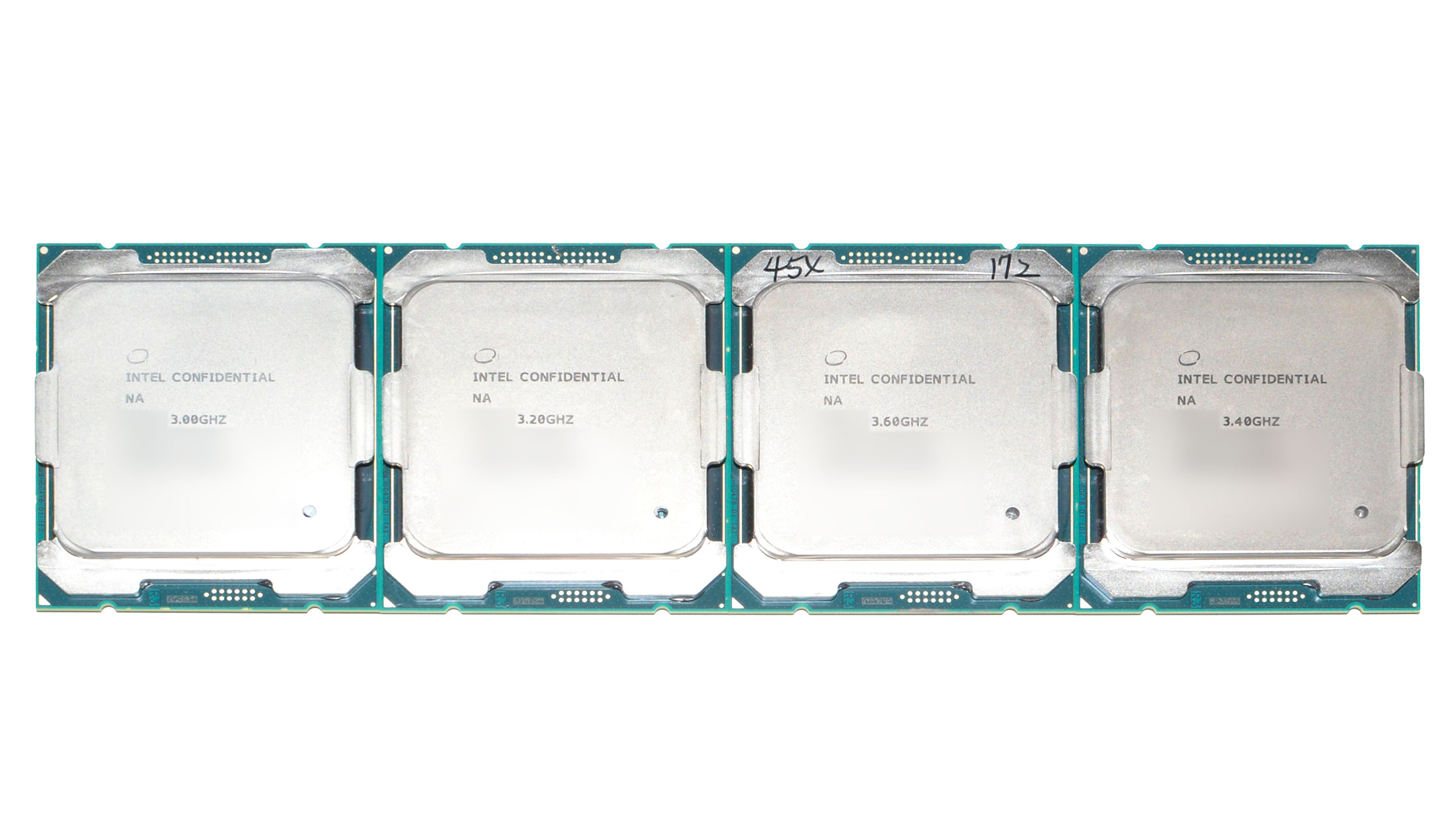
This raises an important question: who will benefit most from Broadwell-E, or in other words, what is the intended market? I have to be honest in saying that I actually didn't think Broadwell-E would happen last year. Broadwell very nearly didn't make it to the consumer desktop market, but Intel eventually released the i7-5775C, i5-5675C, and three other chips. When I reviewed the i7-5775C, I was seriously underwhelmed. Faster integrated graphics, the large eDRAM L4 cache, higher prices, and lower clocks made it a hard product to recommend, and even today the parts are almost never seen in the wild (though you can technically still buy them—just don't go looking for the even-rarer i5-5675C). When Skylake came out two months later, there was no sensible reason to consider a Broadwell desktop build.
Broadwell-E is a serious case of déjà vu for me, in that it's really hard to come up with a subset of users that will benefit from the chip. Two extra cores compared to the i7-5960X is something, but it doesn't really overclock any better, and in fact it's often worse at overclocking than Haswell-E. DDR4 support was present with Haswell-E as well, so that's not a benefit—though BDW-E does seem to be a bit more forgiving of higher RAM clocks. For those that need more than eight cores, we've already had parts like the 14-core Xeon E5-2697 v3 since late 2014. What's left? It's basically all about bragging rights, overclocking competitions, and hardware reviewers.
I belong to that last category, obviously, but other than the cool factor of seeing 20 threads chugging away in some benchmarks (and the fact that people don't send me Xeon parts for testing), there's not a lot of revolutionary stuff here. What we get is incremental performance improvements thanks to the new architecture, and a few new features like per-core overclocking support. That last means that, if you're willing to spend the time digging into things, you could potentially clock some cores 200MHz and maybe even 300MHz higher than other cores. This is thanks to the silicon lottery, where variations in the quality of the silicon mean that certain areas of a chip may run hotter or cooler. In practice, it typically means you can extract a few extra percent performance.

Meet the hardware
Before I get to the benchmarks and charts, I want to quickly talk about hardware and test platforms. I haven't done a full set of CPU testing in a long time—not since last year's Skylake launch—which means there's a lot to cover. I've had requests to include AMD CPUs and APUs in the past, but there was never a good time, so I'm going to fix that today (for better or worse). There are also several other CPUs worth testing, like mainstream Core i5 parts, which means all told I have four test platforms: LGA2011-3 / X99 (Broadwell-E and Haswell-E), LGA1151 / Z170 (Skylake), AM3+ / 990FX (Vishera), and FM2+ / A88X (Kaveri). I could have added Z97 and Broadwell / Haswell to the party, but I had to draw the line somewhere. Here are the details of each platform along with other components.
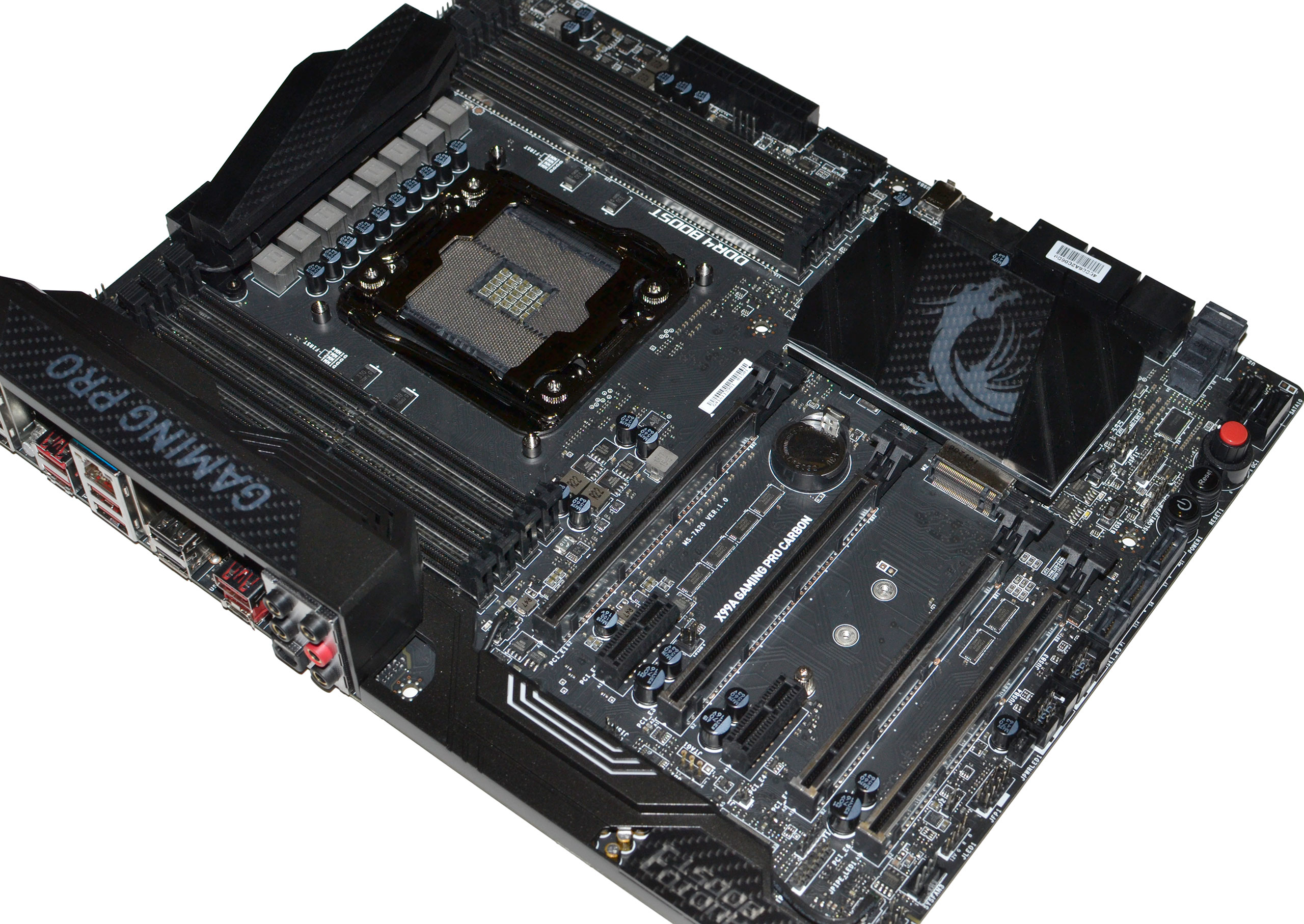

First, for testing Broadwell-E, I have the full set of new parts (i7-6950X, i7-6900K, i7-6850K, and i7-6800K) plus the i7-5960X and i7-5930K. MSI provided their X99A Gaming Pro Carbon motherboard, a board with a whole slew of features, including both M.2 and U.2 connections for SSDs. My favorite part of MSI's board, probably because I like numbers, is the POST code debug LED; the neat trick here is that once the system is finished with POST (Power On Self-Test), rather than displaying an error code, the LEDs show the CPU temperature. Sure, you could use a software utility, but at least the POST LEDs are doing something after a successful boot now. I don't know that carbon fiber is going to do much for cooling or performance, but it makes a nice aesthetic, and the board does include a PCIe Gen3 x4 M.2 slot.
The biggest gaming news, reviews and hardware deals
Keep up to date with the most important stories and the best deals, as picked by the PC Gamer team.
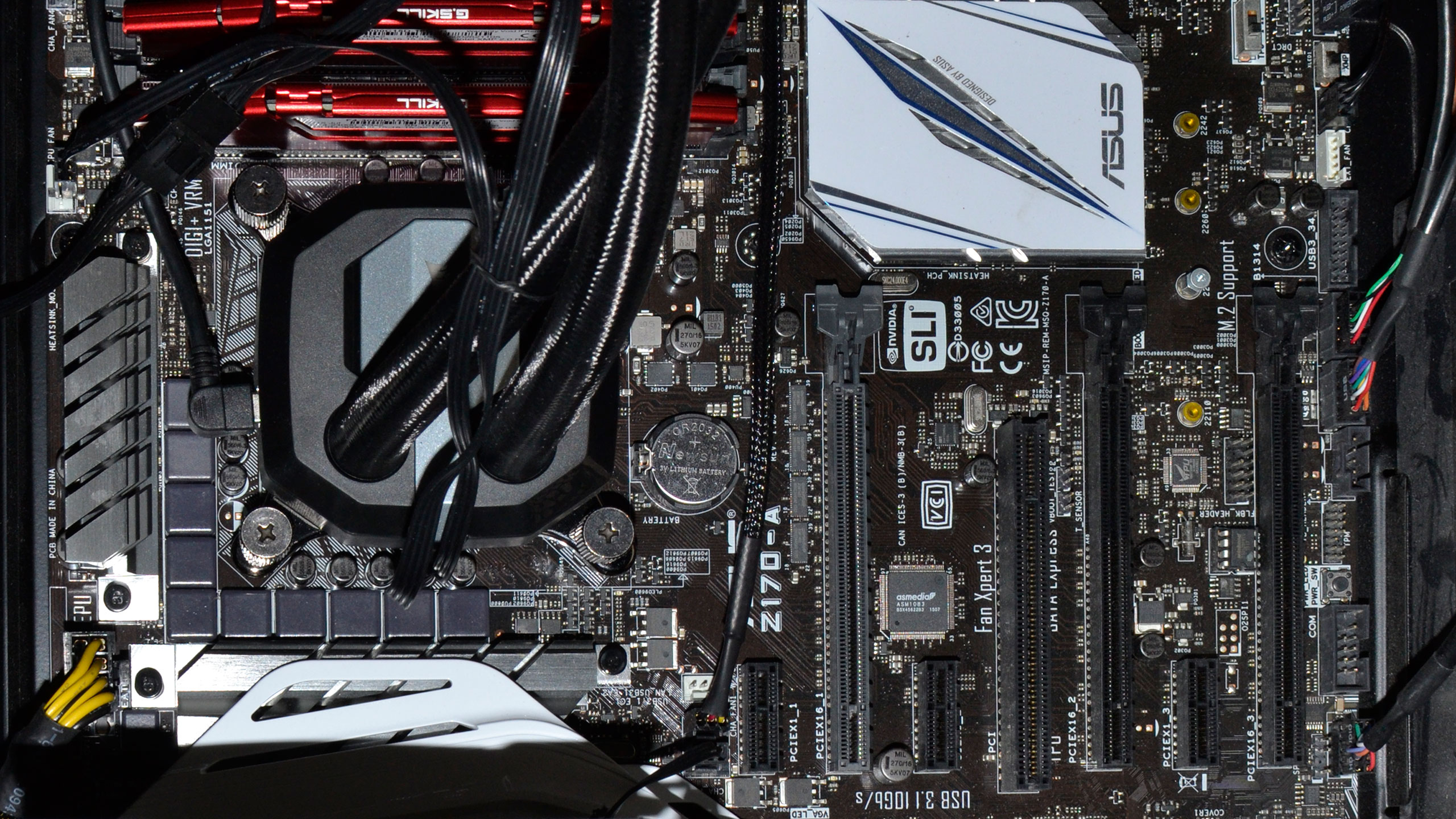
For Skylake, I'm using an Asus Z170-A motherboard and the i7-6700K, i5-6600K, and i5-6400. With the latest BIOS in place, performance improved quite a bit relative to my initial Skylake review, at least in CPU-limited situations. If you happen to compare numbers, you can see that early pre-launch performance was pretty erratic for Skylake, and that's not really too surprising. It was fixed within a few weeks after launch, and I've seen similar early hardware performance woes with new chipsets in the past. I've tested Skylake on two other motherboards (Gigabyte Z170X-Gaming G1 and ASRock Fatal1ty Z170 Gaming K6) and performance has been pretty similar, so it's mostly about extra features—like dual M.2 slots in the case of the Gigabyte board, and non-Z CPU overclocking potential on the ASRock.
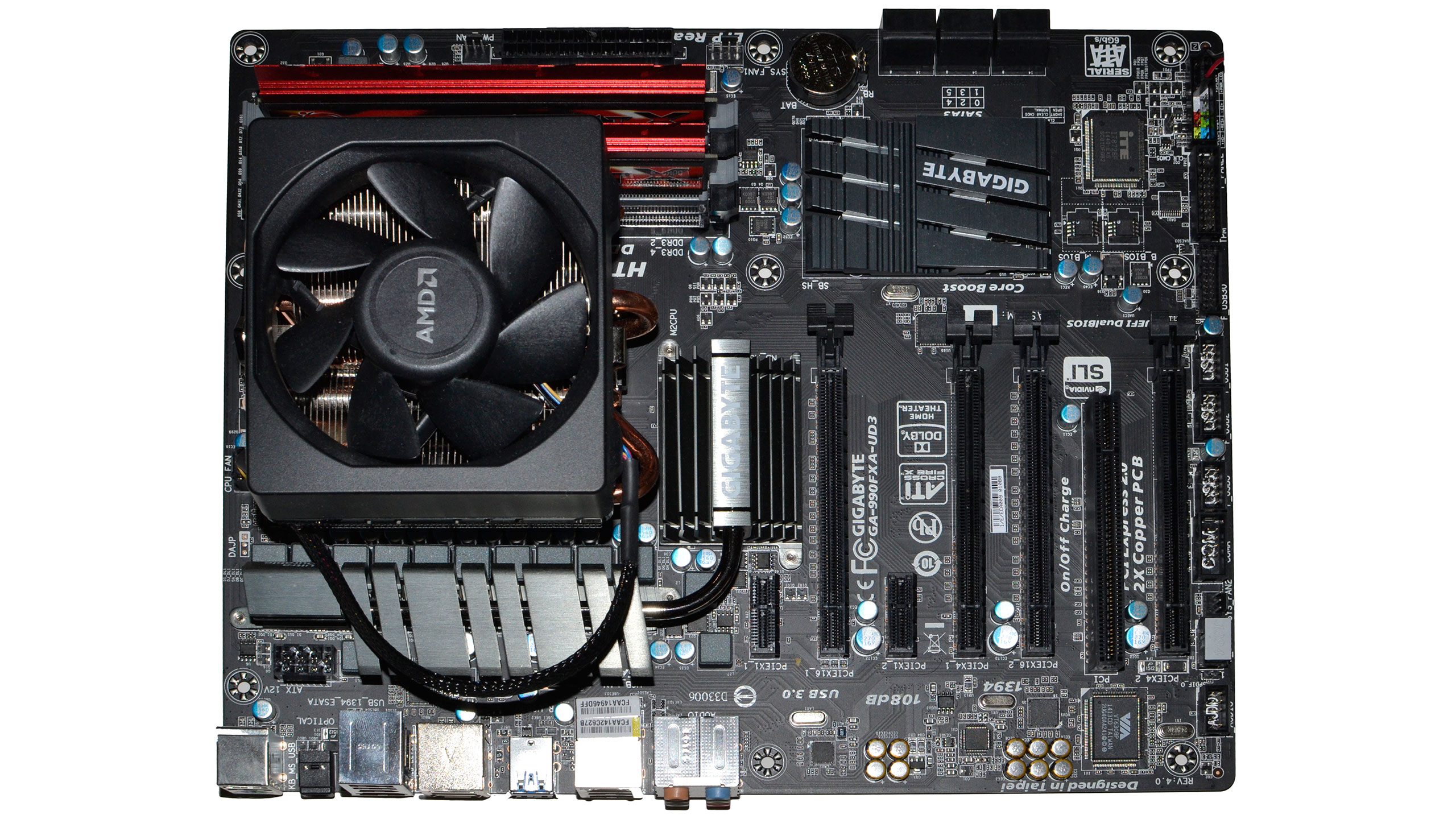
Next, I have the FX-8370 and FX-6350 running in a Gigabyte 990FXA-UD3 AM3+ motherboard. The AM3+ platform hasn't really changed much in several years, other than a few higher clocked parts that can draw a ton of power (the FX-9590 for instance has an almost laughable 220W TDP), along with some lower power parts as well. For the lower power parts, this was accomplished by dropping the 'guaranteed' base clock quite a bit, and the resulting FX-8370e and FX-8320e are 95W parts with performance typically a fair step down from the non-e 125W parts.
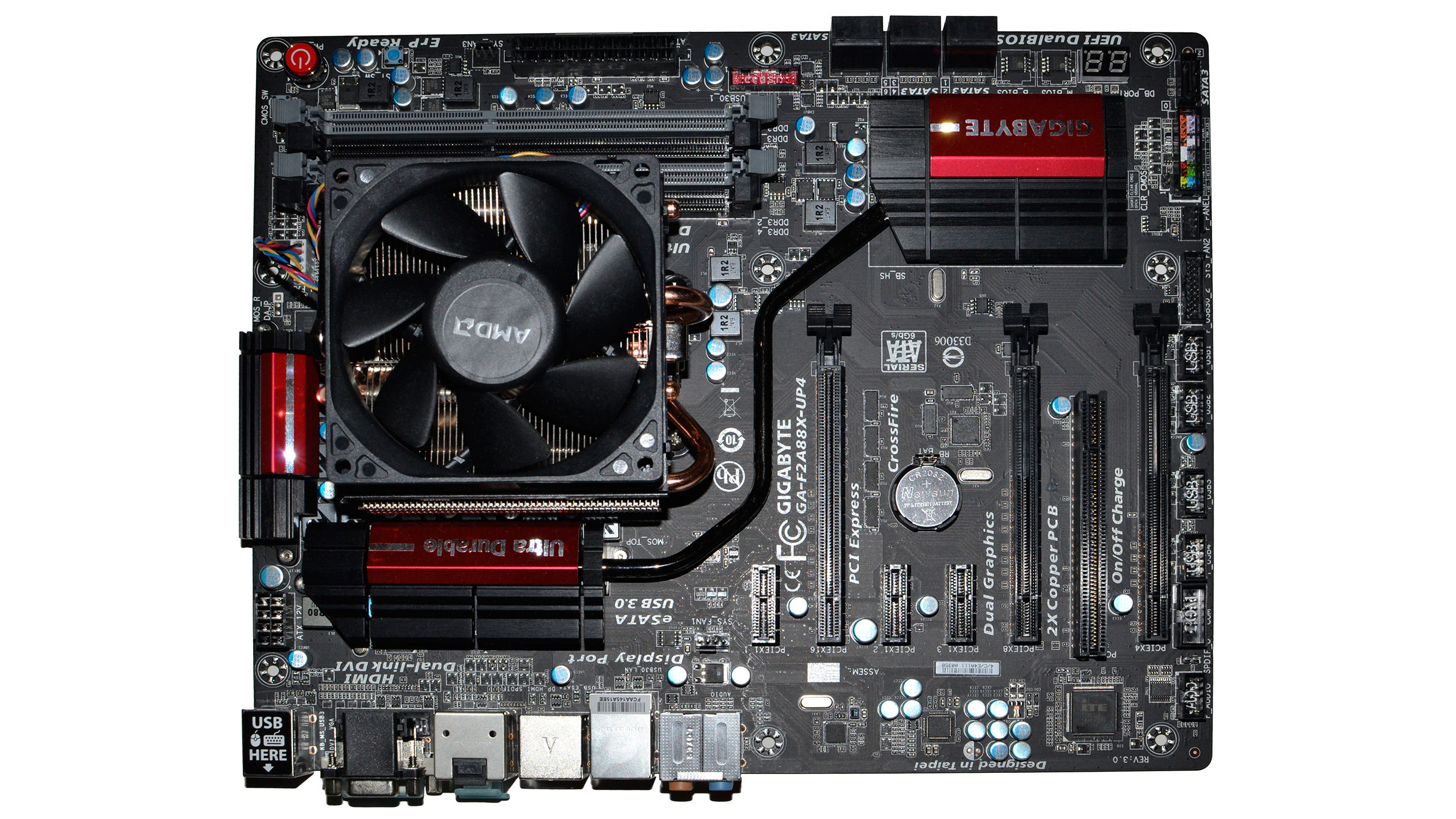
Last and perhaps least, I also have an A10-7890K running in a Gigabyte F2A88X-UD4 mobo. This is the least expensive platform, but the processor also ends up with only four cores (two Steamroller modules). If you've wondered about the difference in performance between this sort of CPU and AMD's older AM3+ platform, and whether the newer architecture and process technology could compete, I've got some numbers to share.
For other components, I used three memory kits, all from G.Skill. Z170 and X99 use DDR4, but X99 is quad-channel while Z170 is dual-channel, so I used different RAM; the AMD platforms are also dual-channel, but they're DDR3. For DDR3 boards, I'm running a 2x8GB kit of G.Skill Trident X DDR3-2133. Z170 gets a 2x8GB kit of G.Skill Ripjaws V DDR4-2400, and X99 gets a 4x4GB set of G.Skill Trident Z DDR4-3200. Don't let the difference in RAM speeds fool you, though—I tested Broadwell-E at both DDR4-3200 and DDR4-2400 and the results were within margin of error (less than one percent difference).
Finally, rounding out the components is the current fastest single GPU, a GTX 1080 Founders Edition. That should ensure the CPU is as much of a bottleneck in the gaming results as possible, even at 1080p Ultra. (And yes, it's still selling out faster than Nvidia and partners can supply inventory.) Everything else doesn't really affect the performance much, other than the cooler helps with overclocking. I used a be quiet! Dark Power 10 850W 80 Plus Platinum PSU, Corsair H100i v2 cooler, and a Samsung 850 Evo 2TB for storage—not that storage is a factor in these tests.
Jarred's love of computers dates back to the dark ages when his dad brought home a DOS 2.3 PC and he left his C-64 behind. He eventually built his first custom PC in 1990 with a 286 12MHz, only to discover it was already woefully outdated when Wing Commander was released a few months later. He holds a BS in Computer Science from Brigham Young University and has been working as a tech journalist since 2004, writing for AnandTech, Maximum PC, and PC Gamer. From the first S3 Virge '3D decelerators' to today's GPUs, Jarred keeps up with all the latest graphics trends and is the one to ask about game performance.


